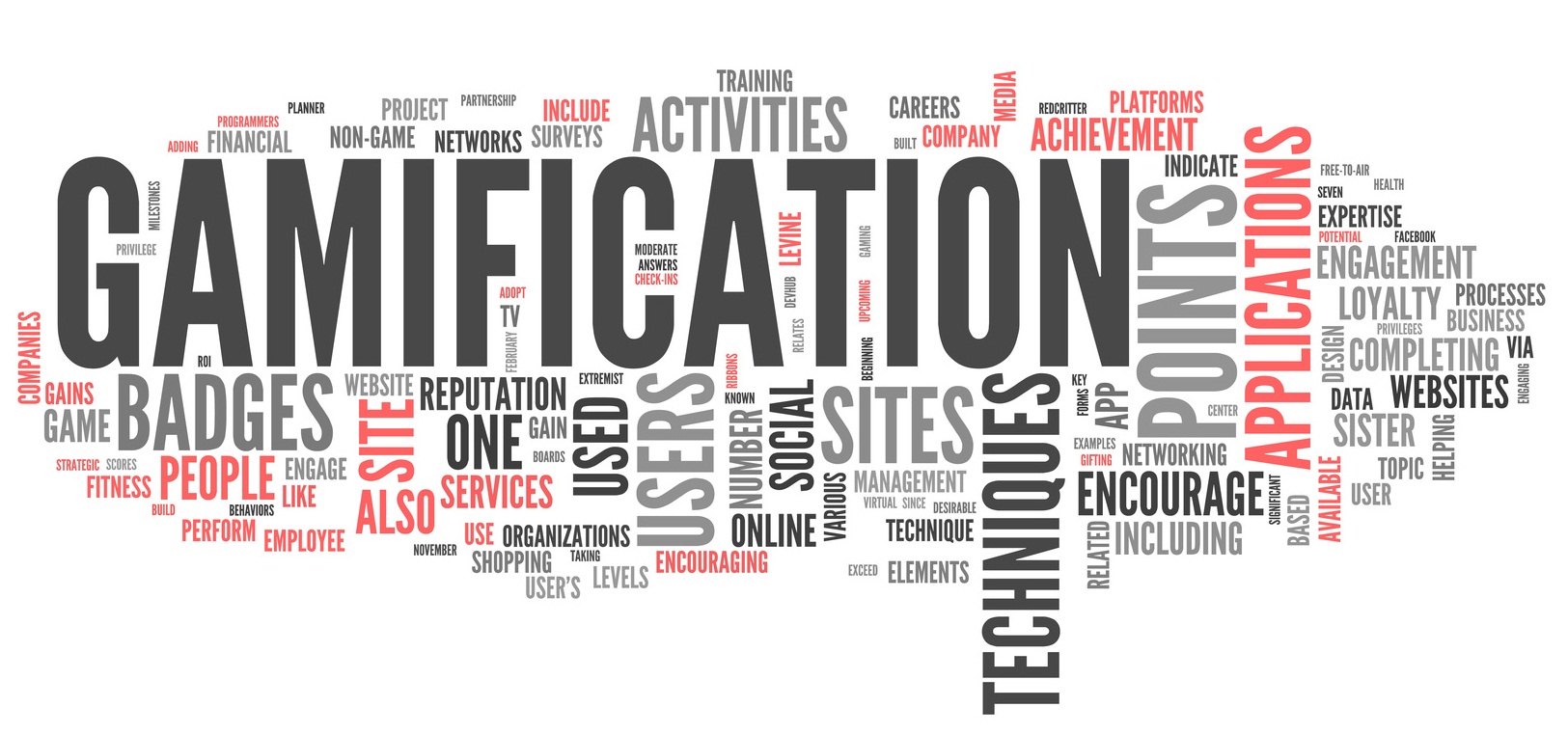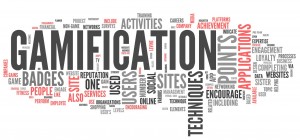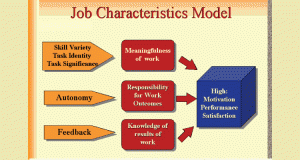GAMIFICATION – A Revolutionary Phase For HR Management or a myth?
INTRODUCTION
In the era of social media, companies are trying to leverage digital platforms to attract and engage with the employees in any way possible. Over the last decade the number of internet users has gone from 900 million to 2.9 billion users. The world is changing rapidly and there is a tremendous flux of people towards social networking. Digital technologies are revolutionizing in a manner that employees are even communicating with organizations. One of the phenomenon’s to have emerged from this digital boom is “Gamification”. Organizations can’t yield to miss this opportunity thinking over the amount data and number crunching that happens in this space.
WHAT IS GAMIFIACTION
Gamification is the art of applying game theory to motivate employees to achieve their goals. This is an efficacious strategy aspired at heightening brand awareness and promoting company culture. According to a recent poll, by the end of this year, more than 70% of global businesses will make use of at least one gamified application, and a panel at last year’s SHRM conference named “gamification” one of the top 10 HR technology trends for 2014. The market for gamification is anticipated to grow significantly in the next few years. Research from Gartner indicates that by 2015, 50% of organizations that manage instauration processes will gamify them.
WHY GAMIFICATION
“Gamification” predominately focuses on the psychology of engagement and ways it can be applied to business applications. In a business context, it means engaging people in a more beneficial way so as to ensure that the information is being received & worked on quickly and letting people see how close they are in achieving their goals. The biggest advantage of the gamification principle lies in its design itself. It keeps people glued because they have known computerized games primarily as a form of entertainment. A gamified system provides variable, unpredictable situations to test their nerve and reinforcement in which participants can hit the jackpot.
AREAS
Gamification can improve the HR practices holistically. Apart from connecting to the potential endowment it can help to achieve more interactive, originative and rewarding workforce. It can impact the HR areas in many ways as stated below.
Talent Pool
Prominent corporations are growingly making use of online games to recruit and energize their men. A survey indicated that over 49% of candidates are more likely to consider a job advertised in an innovative way. The same survey found that over three-quarters of HR professionals think that it has become crucial to employ novel ways to recruit and retain talent.The trend of hiring manpower with gamified experience is on an upswing as many organizations are adopting this. L’Oreal’, Marriott, Mitre Corp and Deloitte have applied the concept of gamification to attract better talent pool and improve brand image. The number of hits their websites recorded because of this was phenomenal and the attempt to make gamification part of recruitment method was an instant success.
Branding corporate culture and Retention
Making the employees feel part of the company’s culture and keeping employees engaged is critical for retention. In such an era of talent wars, organizations simply can’t afford to lose the employees who are an integral part of company’s knowledge & growth. We can create gaming platforms for cross- departmental collaboration, innovating process or product improvement suggestions. The superiors can track these activities and improve the employee participation as well. This platform can be updated periodically to record the employee engagement program which goes a long way in establishing and promoting the pro-people culture of the organization.
Development & Performance Management
Gamification can revolutionize the concept of improving the knowledge of the workforce. HR training calendar days and other compliance programs are often not high on most employees’ priority lists. There is no better way to motivate them than to add the Gamification experience to their training schedule. Tasks can be given to the employees and can be categorized into various proficiency levels. Those who complete the tasks or missions they can earn rewards for having completed them. The recognition an employee receives becomes part of his or her social profile, providing a mechanism to earn a reputation that is visible throughout the enterprise. The flexibility to create custom contests and to change the contests represents a very agile approach to performance management.
TAKEWAY
India is a developing country which is making rapid progress in areas of development and modernization. The HR vertical in India is evolving from support function to strategic function. Access to technology and internet is still a dream to many in India. We are still in the early days of the gamification of HR, but the examples of the companies mentioned above show us that gamification has already arrived. So, we can no more say that gamification is a myth. In years to come, we can be sure that gamification will be a part of companies. In India, people are now realizing the gains of gamification. Some of the changes merely add value to the existing process while others seem quite disruptive. Companies are trying to complete on how to use them to achieve business impact and going forward, this trend will become more and more significant. Organizations of our country are beginning to understand about which transformations can be beneficial, and what factors determine whether the workforce will embrace these approaches or not.
Gamification is effective because it can test a skill set, associate the company with something people enjoy and give a feel for the culture of the workplace. In environments where people are already sharing and linking to each other, gamification is a natural beseem. In a way it means seeing people how they rank and inspire them as a way of getting the competitive juices flowing. The high-performing enterprises will likely push the boundaries to see how close they can get to be known as a leader and sustain their edge using the game theory.





5 Comments. Leave new
Commendable work!
Something new and interesting…well written!
Unique concept..!
Well explained.. interesting article.. 🙂
very well written..